—Angela Nuñez-Bowman
“Pranayama means the ability to bring forth and direct the spiritual energy that underlies all life. Prana is the force which sustains and supports life: yama is the way we learn how to harness and direct this energy by working consciously with the breath.” ~The Heart of Yoga by TKV Desikachar
Horses are experts at sensing subtleties and emotions. They know what kind of mood you are in the moment you enter their paddock or the barn. This is why learning how to harness your breath is of utmost importance when it comes to being the best horseman or horsewoman possible. Horses are sentient beings, and when you honor that by taking responsibility for your mood and mindset, your relationship with your horse will go to a deeper level.
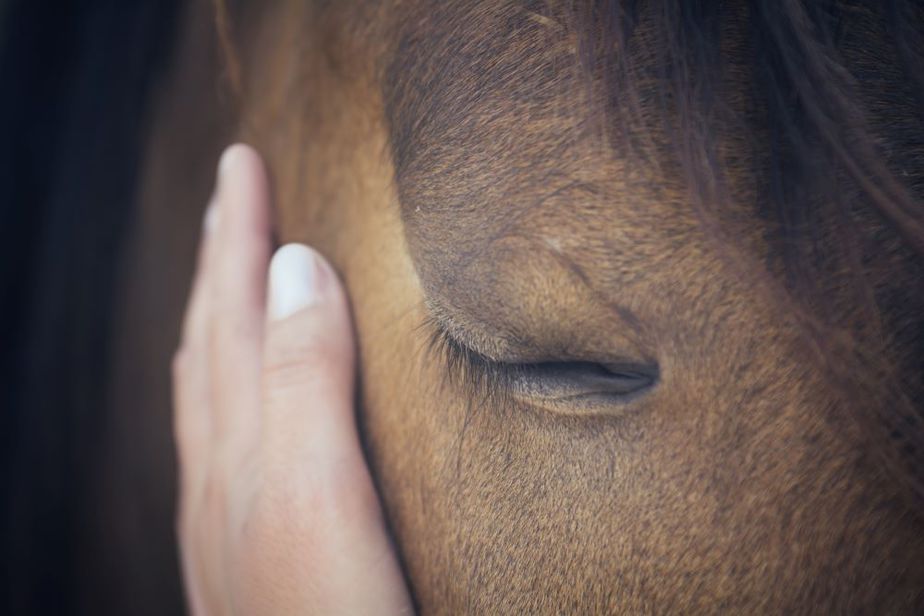
“Breath is the bridge which connects life to consciousness, which unites your body to your thoughts. Whenever your mind becomes scattered, use your breath as the means to take hold of your mind again.” ~Thich Nhat Hanh
There are numerous pranayamas, or breathing exercises, that may be explored in deepening your relationship with your horse, but today we will focus on simple breath awareness and Deergha Swasam, also known as three-part breath or the complete yogic breath. When you begin a pranayama practice, it is best to practice daily, even if just for a few minutes. Consistency is more important than duration. Pranayama affects the nervous system, so practice in a gentle way and return to normal breaths if you begin to feel dizzy or light-headed.
“As one can gradually tame a lion, elephant, or tiger, similarly, prana should be controlled slowly; otherwise it can cause great harm to the sadhaka (practitioner). A judicious practice of pranayama will alleviate all ailments. An improper practice, on the contrary, gives rise to all diseases.” ~Hatha Pradipika
Begin with simple breath awareness. Sit in a comfortable position and observe your natural breath without making any changes to it. Practice breath awareness daily for at least two to five minutes. Breath awareness should eventually become your constant natural state of being, including when you are with your horse. If you can control your breath, you can control your mind. Once you are comfortable with breath awareness, begin practicing Deergha Swasam (three-part breath). Sit in a comfortable position with the core relaxed. Place one hand on your abdomen and breathe only into your belly, feeling it naturally expand as you do so. Exhale. Repeat two to three times.
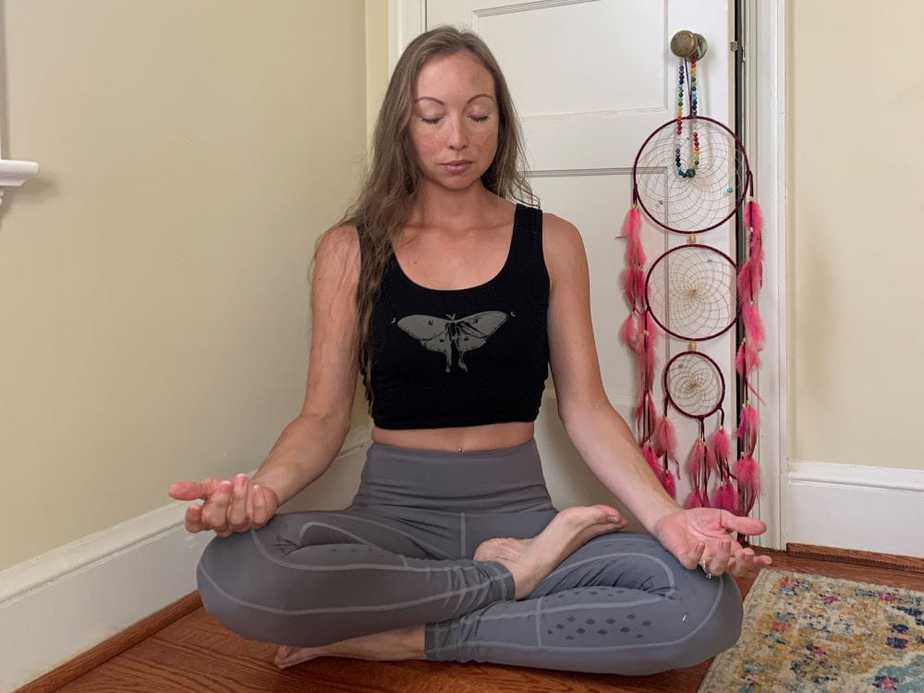
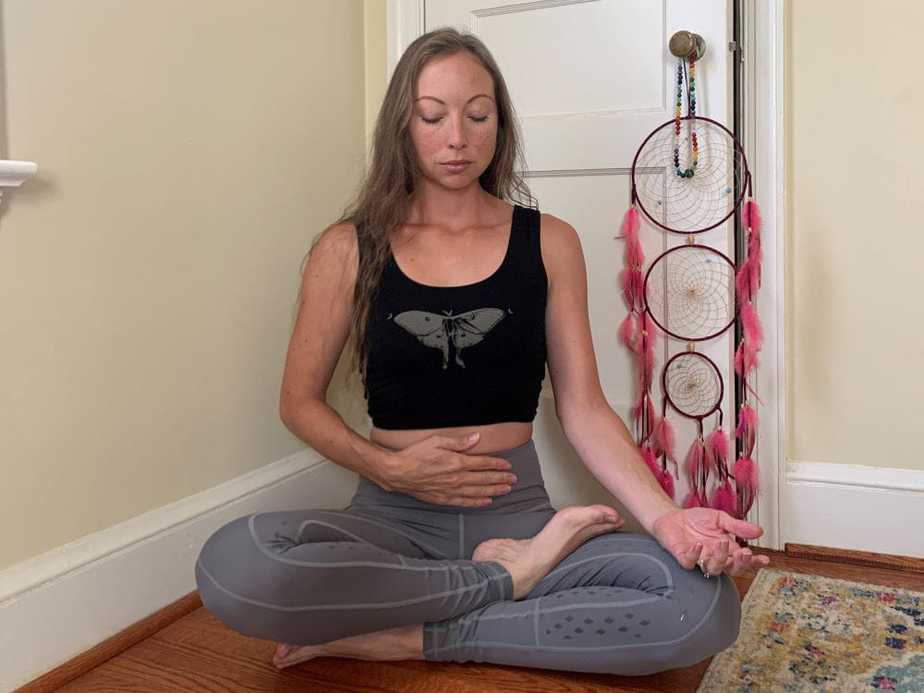
Place the other hand on your side/ribs. Inhale first into your belly, then bring the air up into your lungs, feeling your ribcage expand. Exhale first from your lungs, then from your belly. Inhale into your belly, then into the lungs. Exhale from your lungs, then your belly. Move one hand from your belly to your chest. Breathe into your belly, then your lungs, then your chest, breathing in as much air as possible.
Slowly exhale from the chest, then the lungs, then the belly. Inhale into the belly, then the lungs, then the chest. Exhale from the chest, then the lungs, then the belly. Continue for a few rounds. If at any time you notice tension anywhere in your body, return to normal breathing for a few moments, then continue with Deergha Swasam when you are completely relaxed once again.
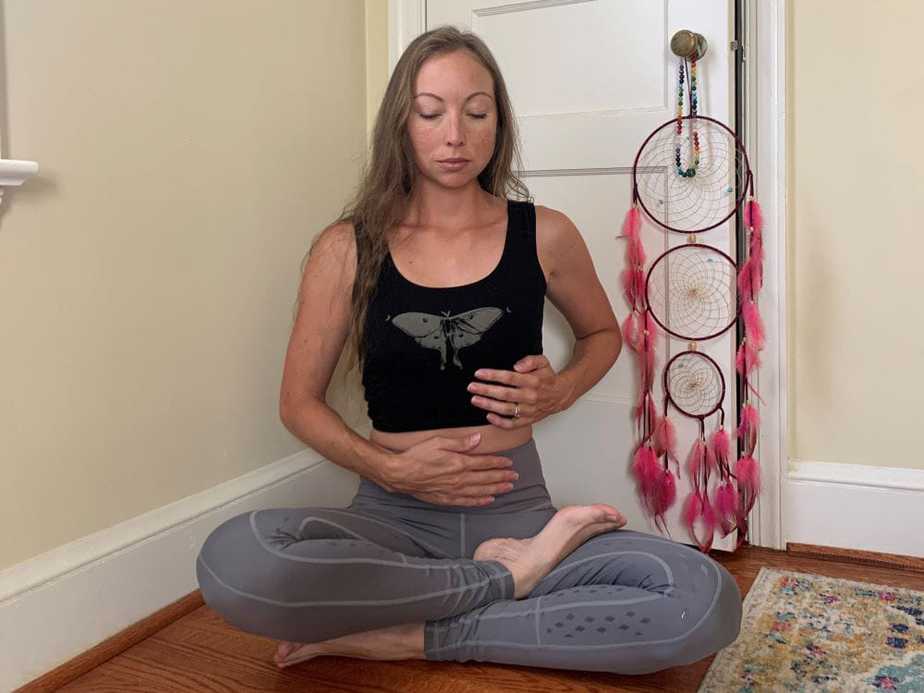
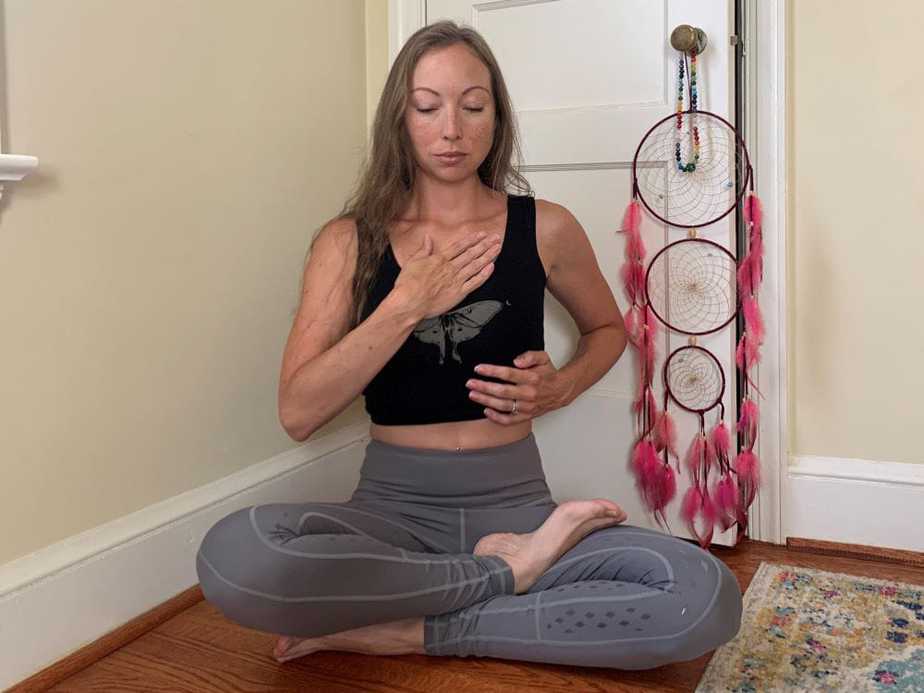
Practicing breath awareness and Deergha Swasam when you are with your horse will increase your ability to be present with your horse and receptive to anything he or she is trying to tell you. These practices will also help you and your horse remain relaxed no matter what is going on around you.
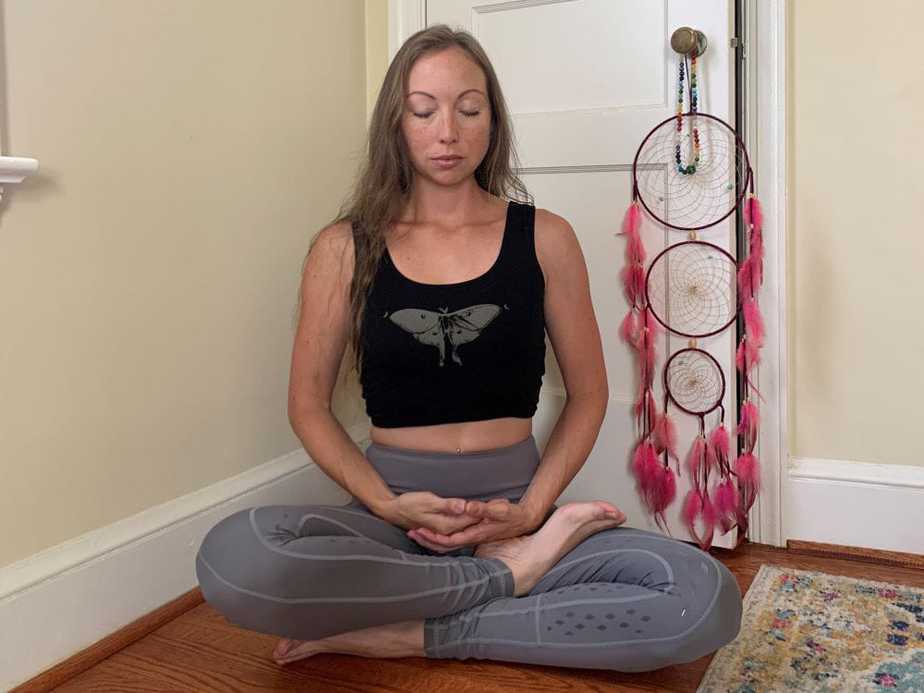
For more health and fitness, visit our Rider Wellness page.
Follow Angela on Instagram.
Follow Angela on Facebook.
Angela Nuñez-Bowman is a lifelong equestrian and certified yoga instructor specializing in Hatha, Buti, and Horse Yoga. She is sponsored by Horse Tack Company and Equivisor and is a brand ambassador for Outback Trading Company and Goode Rider. Angela has been featured in Horse & Hound, People Magazine, TMZ, Good Morning America, Mashable, Daily Mail, Equestrian Living, Virginia Living, and The Huffington Post. She resides in rural Virginia with her husband, two dogs, and two horses.



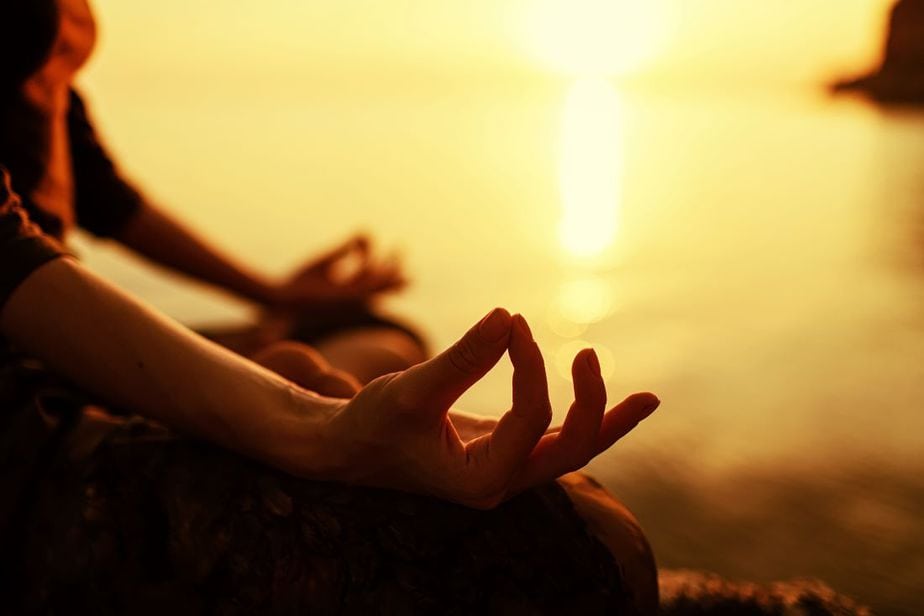
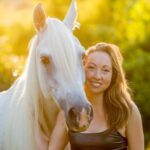
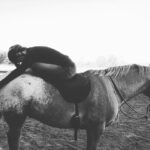
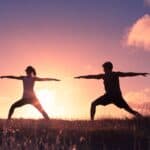

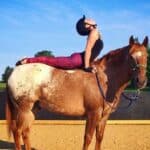
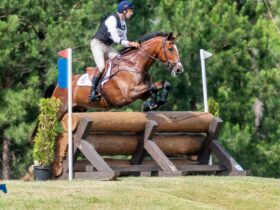

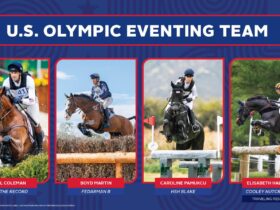


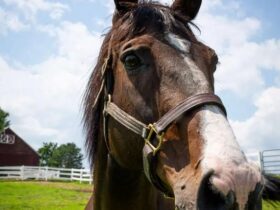
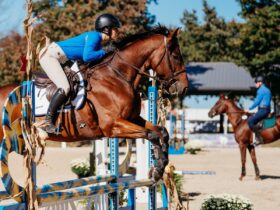



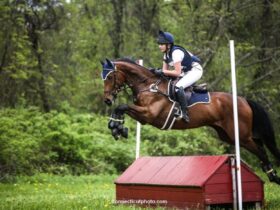


SOCIAL